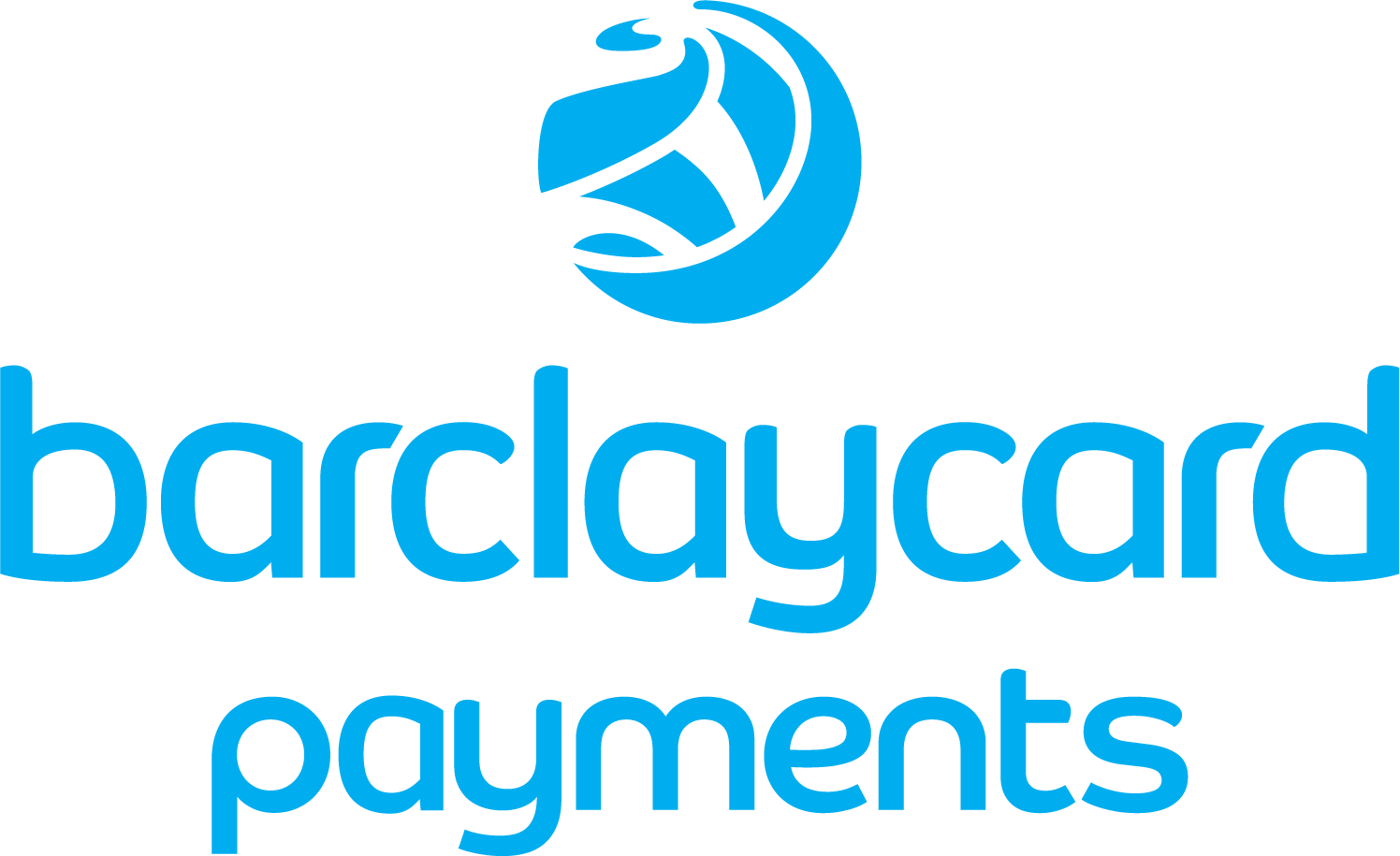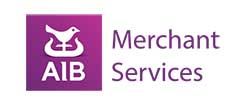- Accept card payments – lowest rates from 0.27%
- Keep your card processing fees to a minimum
- Direct access to the UK’s leading card processing banks
- We ensure your rates always remain competitive
No spam emails or calls
Choose from the payment methods then click Next
What's your turnover each month?
Enter the name of your company
Enter your company's postcode and contact number






Understanding Chip and PIN: A Complete Guide to Secure Payments
In today’s fast-paced digital economy, secure and efficient payment methods are essential for businesses and consumers alike. One of the most common types of payment technology in the UK is Chip and PIN, a system designed to enhance security and reduce fraudulent transactions.
Whether you’re a small business owner looking to invest in a card machine or a consumer wanting to understand how credit and debit cards work, this guide will explain everything you need to know about Chip and PIN, contactless payments, and how they keep your bank account safe.
What Is Chip and PIN?
Chip and PIN is a secure payment method used for face-to-face transactions in the UK and many other countries. It involves inserting a chip card (also called an EMV card) into a PIN terminal and entering a Personal Identification Number (PIN) to authorize the payment.
This system replaced the older magnetic stripe card method, where customers signed a receipt to verify transactions. The shift to Chip and PIN significantly reduced fraudulent purchases because it’s much harder to replicate a unique PIN than to forge a signature.
How Does Chip and PIN Work?
- Insert the Card – The customer inserts their credit or debit card into the card reader.
- Enter PIN – They input their PIN to verify the transaction.
- Authorization – The card issuer checks the card data and approves or declines the payment.
- Completion – Once approved, the POS system processes the payment, and a receipt is printed.
Unlike contactless cards, which have a spending limit, Chip and PIN has no such restrictions, making it ideal for larger purchases.
Chip and PIN vs. Other Payment Methods
1. Chip and PIN vs. Magnetic Stripe Cards
Before Chip and PIN, magnetic stripe cards were the most common type of payment card. These relied on swiping the card and signing a receipt, which was less secure because:
- Magnetic strips were easy to clone, leading to fake card fraud.
- Signatures could be forged, increasing fraudulent transactions.
Chip and PIN improved security by:
- Using encrypted chip technology to prevent fraud.
- Requiring a unique PIN known only to the cardholder.
2. Chip and PIN vs. Contactless Payments
Contactless payments (like Apple Pay and contactless cards) allow customers to pay by tapping their card or phone on a card reader. While convenient, they have limitations:
- A £100 spending limit per transaction in the UK (as of 2024).
- No PIN required, which can be less secure for high-value purchases.
Chip and PIN is still necessary for:
- Transactions over the contactless limit.
- Additional security checks when required by the customer’s bank.
3. Chip and Signature Cards (Less Common in the UK)
Some countries still use chip and signature cards, where the cardholder signs instead of entering a PIN. However, the UK primarily uses PIN cards for better security.
Why Chip and PIN Is More Secure
1. Dynamic Authentication
Every time a chip card is used, it generates a unique code for that transaction. This makes it nearly impossible for fraudsters to reuse card data.
2. Reduced Fraud Risk
Since the PIN system requires a secret number, stolen cards are useless without it. This drastically cuts down on fraudulent purchases.
3. EMV Technology
EMV cards (Europay, Mastercard, Visa) are the global standard for secure payments. The chip makes cloning cards extremely difficult compared to magnetic stripe cards.
How Businesses Can Use Chip and PIN
For small businesses, accepting card payments is essential. Here’s how to implement Chip and PIN:
1. Choose the Right Card Machine
- Countertop PIN terminals – Ideal for shops and restaurants.
- Mobile card readers – Great for businesses on the go (e.g., food trucks, market stalls).
- Integrated POS systems – Combines Chip and PIN with inventory and sales tracking.
2. Understand the Costs
- Transaction fees – Usually a small percentage per sale.
- Rental or purchase costs – Some providers charge monthly for PIN machines.
- No extra charges for Chip and PIN vs. contactless.
3. Train Staff and Customers
- Ensure employees know how to process PIN transactions.
- Educate customers on inserting cards correctly to avoid wait times.
Common Questions About Chip and PIN
1. What If I Forget My PIN?
You can request a new one from your bank, but you’ll need to verify your identity.
2. Can Someone Steal My Money If They Have My Card and PIN?
Yes—never share your PIN. If your card is stolen, report it immediately to your card issuer.
3. Do All Cards Have a Chip?
Most British payment cards now have both chip and contactless features. Older magnetic stripe cards are being phased out.
4. Is Chip and PIN Safer Than Cash?
Yes—cash can be lost or stolen with no way to recover it, whereas Chip and PIN payments are traceable and protected by banks.
The Future of Chip and PIN
While contactless payments are growing, Chip and PIN remains a crucial payment method for high-value and secure transactions. Innovations like biometric PIN terminals (using fingerprints) may further enhance security.
For now, Chip and PIN continues to be the backbone of secure card payments in the UK, protecting both businesses and consumers from fraud.
Chip and PIN revolutionized card payments by making them faster and more secure than magnetic stripe or signature methods. For small businesses, investing in a reliable card machine ensures smooth transactions, while consumers benefit from reduced fraud risk.
As technology evolves, Chip and PIN will adapt, but its core principle—using a unique PIN to verify transactions—will remain a trusted way to pay securely.
Whether you’re a business owner or a cardholder, understanding how Chip and PIN works helps you stay safe in an increasingly cashless world.
Need a secure card machine for your business? Compare the best PIN terminals and POS systems today to find the right solution for your needs!